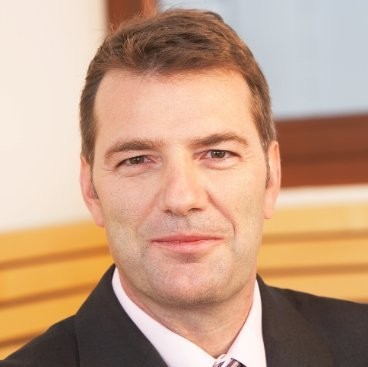- Video Library
- Oliver Baertl presented CorTec GmbH at LSI USA ‘24
Oliver Baertl presented CorTec GmbH at LSI USA ‘24

Oliver Baertl
Strategic and results oriented entrepreneurial personality. Energizing and leading people to achieve great results.
More than 20 years of professional experience in different countries and industries. I have been holding executive leadership positions in Stryker, Henke-Sass, Wolf and CorTec.
The medical devices industry offers a unique opportunity to be creative in combining latest technologies, products and services to product offerings that add value to patients, institutions, and the community.
I enjoy working with and in teams, achieving results, the close collaboration with other smart and driven people, open and honest conversations and the mutual respect while thinking through problems and finding creative solutions. Working in a fast-paced, high-energy environment gives me the opportunity to learn and grow every day. Developing and coaching people – and listening – has taught me to become a better leader.
Oliver Baertl
Strategic and results oriented entrepreneurial personality. Energizing and leading people to achieve great results.
More than 20 years of professional experience in different countries and industries. I have been holding executive leadership positions in Stryker, Henke-Sass, Wolf and CorTec.
The medical devices industry offers a unique opportunity to be creative in combining latest technologies, products and services to product offerings that add value to patients, institutions, and the community.
I enjoy working with and in teams, achieving results, the close collaboration with other smart and driven people, open and honest conversations and the mutual respect while thinking through problems and finding creative solutions. Working in a fast-paced, high-energy environment gives me the opportunity to learn and grow every day. Developing and coaching people – and listening – has taught me to become a better leader.

17011 Beach Blvd, Suite 500 Huntington Beach, CA 92647
714-847-3540© 2025 Life Science Intelligence, Inc., All Rights Reserved. | Privacy Policy







